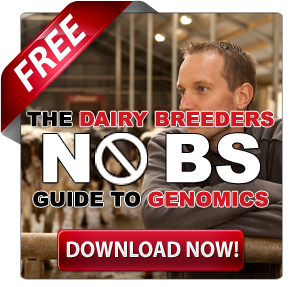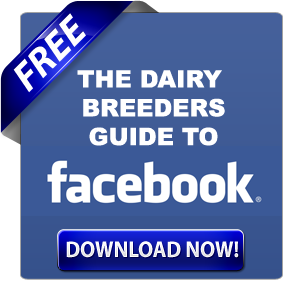Unlock powerful debt management tactics specifically tailored for dairy farmers. Master the delicate art of balancing borrowing with profitability. Are you prepared to steer through the complex financial obstacles?
An old proverb asserts that “Debt is the worst poverty,” yet debt can paradoxically be both a lifeline and a potential downfall in dairy farming. As modern dairy farmers navigate sustaining and growing their operations, mastering debt management becomes crucial for survival.
Debt management for dairy farmers entails strategic planning, monitoring, and repaying loans. It ensures that borrowed funds are reimbursed timely and leveraged for productivity and profitability.
Effective debt management turns debt from a burden into a growth lever, letting farmers invest in technology, expand their herd, or weather economic storms. For instance, Farmer John doubled his milk production by strategically using debt to invest in automated milking machines. This cannot be overstated in an industry fraught with unpredictability—from fluctuating milk prices to erratic weather.
Debt is a double-edged sword. While it can drive growth and innovation, mismanagement can cause severe financial strain and even farm collapse. Therefore, it is crucial for dairy farmers to fully understand the benefits and risks of debt, equipping them with the knowledge to balance growth and sustainability and feel prepared for any financial challenges.
Understanding the Financial Landscape of Dairy Farming
| Economic Indicator | Value | Trend |
|---|---|---|
| Milk Prices (per gallon) | $3.27 | Stable |
| Feed Costs (per ton) | $210 | Rising |
| Operating Expenses | $85,000 | Increasing |
| Net Profit Margin | 4% | Balancing |
| Interest Rates | 5.25% | Rising |
| Liquidity Ratio | 1.30 | Stable |
The financial landscape of dairy farming is dynamic, influenced by fluctuating market prices, interest rates, and operating costs. Dairy farmers face significant milk price volatility within a single year, adding complexity to financial planning. Experts highlight the need for tailored financial strategies for long-term profitability and stability.
Effective financial management in dairy farming requires more than basic bookkeeping; it demands optimizing working capital and pursuing cost reductions. Innovative debt management is vital, especially in the high-interest environment of 2024. This includes strategies such as refinancing loans, consolidating debt, and optimizing cash flow. Strategic marketing and adept debt control are essential to building financial resilience.
Aligning expenses with income and maintaining liquidity are essential for weathering financial challenges. Strategies like refinancing loans, consolidating debt, and optimizing cash flow are foundational. Selling non-core assets and leveraging government grants also provide crucial support.
The economic outlook for dairy farms shows tentative improvement in early 2024 but remains challenging. Rising interest rates and financial pressures demand a proactive approach, which involves regularly reviewing and adjusting your financial strategies based on market conditions. By following tailored financial strategies, dairy farmers can navigate complexities and position themselves for future success.
The Pros and Cons of Using Debt in Dairy Farming
| Pros | Cons |
|---|---|
| Access to capital for expansion and equipment upgrades | Increased financial risk and potential for insolvency |
| Potential for increased productivity and profitability | Obligation to repay loans regardless of farm income |
| Ability to leverage government grants and subsidies | Vulnerability to fluctuating interest rates |
| Opportunity to diversify farm operations | Possibility of over-leveraging, leading to cash flow issues |
Borrowing can serve as a lifeline for dairy farmers who face the continuous demands of operational expenses and capital investments. Access to loans allows farmers to cover immediate costs such as feed, labor, and equipment maintenance, ensuring the smooth running of their operations. Additionally, capital obtained through debt can facilitate significant investments, such as purchasing advanced machinery or expanding facilities, improving efficiency and productivity. This financial flexibility also enables farmers to seize market opportunities that require quick capital input, whether expanding production in response to rising milk prices or diversifying product lines to meet consumer demand. Ultimately, leveraging debt can provide substantial growth and expansion, positioning the farm for long-term success.
However, borrowing carries inherent risks that can jeopardize a dairy farm’s financial stability. The burden of interest costs and regular debt service payments can strain cash flow, particularly during economic hardship or fluctuating milk prices. Farmers must carefully consider the impact of these financial obligations, as high interest rates can severely limit profitability and operational viability. Moreover, dairy farming is an industry intrinsically tied to market conditions and weather patterns, making it vulnerable to unforeseen circumstances such as sudden drops in milk prices or droughts affecting feed supply. Such factors can disrupt financial plans and exacerbate debt burdens. Furthermore, excessive borrowing can negatively affect a farm’s creditworthiness, making it more challenging to secure favorable loan terms in the future and potentially threatening the long-term financial health of the operation.
Innovative Borrowing Strategies for Dairy Farmers
Mastering debt management in dairy farming necessitates the implementation of several pivotal strategies:
Assess Your Farm’s Debt Capacity
Assessing your farm’s debt capacity involves comprehensively evaluating internal and external financial variables. This term refers to the maximum amount of debt your farm can handle without compromising its financial stability. Review your balance sheet thoroughly, examining fixed and variable costs, cash flow statements, and profit margins. This will clarify your liabilities and assets, crucial for determining how much additional debt your farm can handle without compromising financial stability.
However, financial statements alone are not enough. Market conditions and economic forecasts must also be considered as they affect revenue streams and cost structures. Volatility in milk prices, feed costs, and interest rates can significantly impact repayment capacity. Consulting with agribusiness financial advisors can provide valuable insights, helping you simulate various scenarios and prepare for best and worst market conditions.
Next, evaluate the liquidity of your assets. High capital costs in dairy farming make liquidity a central focus. Liquid assets are crucial for maintaining operational flexibility and can act as a buffer during tight financial periods. Consider selling non-core assets to improve liquidity ratios and create a more favorable debt servicing position.
Additionally, perform sensitivity analysis to understand how changes in income and expenses affect your debt management. Create stress tests that simulate adverse conditions like a drop in milk prices or a rise in feed costs. These scenarios help set realistic debt limits and craft contingency plans.
Maintaining a solid credit profile is essential. Your credit history influences loan terms and credibility with lenders. Regularly monitoring your credit score and addressing any discrepancies promptly, along with proactive communication about your financial status and borrowing plans, can foster a supportive lending relationship. This can provide dairy farmers with a sense of support and reassurance, leading to better terms and credit access when needed.
Revamping Loan Structures & Mildening Debt Pressure
Refinancing, a strategy that can be a game-changer for dairy farmers, involves renegotiating your existing loans to secure better terms. By doing so, farmers may secure lower interest rates or more extended repayment periods, reduce immediate financial strain, and align payments with the unpredictable revenue cycles of dairy farming.
Debt consolidation combines multiple high-interest debts into a single, more manageable loan. This simplifies finances and lowers overall interest payments. For instance, consolidating several short-term loans into a long-term loan with a lower rate can free up cash flow for essential expenses and investments.
Both strategies require a thorough assessment of financial health and future profitability. Consulting with financial advisors and maintaining open communication with lenders can lead to better terms and a viable debt management plan. This approach improves liquidity and helps ensure the farm’s long-term survival amidst rising costs and market volatility.
Diversifying funding sources is essential. Depending solely on traditional loans is risky in a high-interest environment. Farmers should consider alternatives like agricultural cooperatives, government grants, and private investors. By spreading financial risk across various sources, dairy farmers enhance their financial stability.
Creating a Sustainable Debt Repayment Plan
Effective debt management in dairy farming starts with a sustainable repayment plan. This involves analyzing all financial obligations and understanding the farm’s cash flow. Such a plan must withstand the volatility of dairy prices and production costs while remaining adaptable to market and climate shifts.
Farm operators should first audit all existing debts, including interest rates, maturity dates, and monthly obligations. Organizing this information allows for a strategic approach to prioritizing payments, especially for high-interest debts that can strain finances.
Refinancing existing loans is pivotal. Negotiating for lower interest rates or extended repayment terms can alleviate financial pressure, leading to more manageable monthly obligations. Debt consolidation can simplify multiple debts into a single payment, often at a reduced interest rate, freeing up crucial working capital for reinvestment.
Optimizing cash flow management is essential. Meticulously tracking income and expenses ensures sufficient funds to meet debt obligations. Adopting advanced cash flow management tools and practices, like detailed budgeting and forecasting, helps anticipate low-income periods and plan accordingly.
Selling non-core assets, such as unused equipment or land, can generate funds for debt reduction. This not only decreases debt but also potentially reduces maintenance and operational costs.
Leveraging government grants and subsidies can also provide significant financial relief. Various programs are designed to assist farmers during challenging economic periods without compromising the farm’s productivity.
A sustainable debt repayment plan balances maintaining operational liquidity with systematic debt reduction. Strategies like refinancing, consolidation, cash flow optimization, asset liquidation, and governmental aid help dairy farmers build a resilient financial framework, ensuring survival and positioning for future growth.
Maximizing Cash Flow for Dairy Farm Sustainability
Optimizing cash flow management in dairy farming involves more than just cutting costs; it’s about strategically aligning expenses with revenues. In a volatile farming landscape, proactive financial management is crucial. Implementing precision agriculture techniques like optimizing feed and reducing energy use can cut costs and boost efficiency. Increasing revenue by expanding custom work and selling market inventory can also enhance cash flow.
Debt service management is vital, especially with high interest rates. Financial advisors highlight the need for strategic borrowing, maintaining liquidity, and aligning expenses with income. Understanding the farm’s debt capacity allows for informed borrowing that ensures long-term sustainability without undermining financial stability.
Regular financial reviews and adjusting debt structures as needed are imperative. Revamping loan agreements and tailoring repayment plans to match cash flow patterns can reduce debt pressure and prevent liquidity crises. Integrating cost-saving technologies and streamlining operations ensure that borrowed funds are used effectively, bolstering the farm’s economic resilience.
Divesting Non-Essential Assets for Financial Health
Selling non-core assets can help dairy farmers face financial stress by enhancing liquidity without affecting core operations. These assets, like excess property and redundant machinery, are not essential to daily dairy production. Offloading them generates immediate cash to manage debts and fund crucial activities.
However, it’s essential to consider the long-term impacts. Immediate financial relief is valuable, but losing future income from these assets can be costly. Farmers should ensure sales do not hinder future growth or operational flexibility.
Market conditions and timing are critical. A well-timed sale yields better prices, while a hurried sale in a down market may not. Thorough market research and financial advice can guide these decisions.
Innovative sales methods, like online auctions or cooperative networks, can also improve outcomes. Bulk selling with local cooperatives might attract more buyers and better prices. Exploring trade-in options for newer machinery can offer financial benefits and technological upgrades.
Ultimately, selling non-core assets should be part of a broader debt management strategy, balancing immediate financial gains with future productivity and profitability.
Harnessing Government Support for Financial Stability in Dairy Farming
Farmers should explore various government programs to support them in the volatile dairy industry. For example, the USDA’s Dairy Margin Coverage (DMC) program helps protect against income fluctuations by ensuring that the margin between milk revenue and feed costs doesn’t drop below a certain level.
State agricultural grants also play a crucial role, offering funds for operational improvements, technology upgrades, and sustainability projects. These grants encourage long-term economic and environmental resilience.
Low-interest loans are another form of government support, offering better terms than conventional loans. These loans can help finance essential equipment, herd expansion, or cover operational shortfalls, making farm debt more manageable.
Effective use of these programs requires proactive communication with financial institutions and government agencies. Open discussions about debt restructuring can lead to solutions tailored to the unique financial needs of individual farms, especially during periods of high interest rates.
Collaboration among government entities, financial institutions, and industry associations is also essential. Farmers can leverage collective expertise to tackle challenges like fluctuating prices, market demands, and policy changes by building a support network. This collaborative approach ensures immediate and sustainable measures to protect the dairy farming sector.
Effectively using government programs and subsidies is crucial for dairy farmers. These aids can help stabilize operations and secure a sustainable future in the dynamic dairy industry.
Embracing Precision Agriculture for Enhanced Efficiency
Precision agriculture also enhances livestock management with tools like RFID tags and automated milking systems. These technologies provide real-time data on animal health, feed consumption, and milk production. This approach helps farmers optimize feed usage, significantly cutting costs and boosting efficiency as feed prices fluctuate.
Furthermore, remote sensing technologies and drones monitor crop health and soil conditions. Early detection of pest infestations or nutrient deficiencies can prevent significant losses, ensuring a steady supply of high-quality feed.
However, adopting precision agriculture involves high initial costs for technology and training. Farmers need to weigh these expenses against long-term efficiency and productivity gains. Engaging with experts and training programs can maximize the benefits of these technologies.
Precision agriculture offers a sustainable way to manage debt by improving efficiency and cutting costs. Embracing these innovations strengthens farmers’ resilience in the ever-changing dairy farming landscape.
Enhancing Feed Efficiency and Slashing Energy Costs
Effective feed management is vital for balancing budgets and boosting profitability. Using cheaper feed ingredients without sacrificing nutrition involves understanding animal nutrition and monitoring herd health. For instance, using byproducts from other agricultural sectors can cut costs. Technology can help optimize feed formulas and distribution, ensuring each dollar supports milk production and herd health.
Energy consumption is a significant expense in dairy farming operations. Reducing energy use by upgrading to energy-efficient lighting, optimizing refrigeration, and investing in renewable energy like solar panels can save money. Automated milking systems lower labor costs and energy use, improving efficiency.
Benchmarking your farm’s energy use against industry standards can reveal inefficiencies. Regular energy audits can identify high-consumption areas and suggest cost-cutting measures. Precision agriculture techniques can enhance feed utilization and reduce energy use.
Diversifying income through renewable energy projects, like converting waste into biogas, provides financial stability and promotes environmental stewardship. Dairy farmers can better manage debt and ensure long-term sustainability by managing feed costs and optimizing energy use.
Maintaining Open Communication with Lenders
Regular communication with lenders is crucial for dairy farmers managing debt. Building a solid relationship with your financial institution can significantly influence your farm’s economic health. When lenders understand your challenges—like fluctuating milk prices and unexpected expenses—they are more likely to offer flexible solutions, such as restructured loan terms or temporary payment deferrals.
Initiating discussions about your financial situation can help you negotiate better interest rates or repayment schedules. If you expect difficulties due to poor yields or market volatility, informing your lender early can lead to collaborative problem-solving. This proactive approach shows your commitment to financial stability and fosters a partnership rather than a mere transaction.
Using digital tools for financial tracking and reporting can make communication with lenders more effective. Accurate financial reports help present a clear picture of your farm’s status, aiding lenders in making informed decisions about your loan structures. Updating them on strategic changes or investments can also affect your debt-servicing ability.
Finally, formalizing these communications is essential. Regular meetings, quarterly reviews, and detailed progress reports can establish a robust line of credit that adapts to your farm’s needs. Such practices enhance trust and demonstrate professionalism, encouraging lenders to support your long-term financial goals.
The Bottom Line
Borrowing can be both an opportunity and a risk for dairy farmers. While it can fund growth and upgrades, it also means the responsibility of repayment, which gets challenging with fluctuating markets and increasing costs.
To tackle this, farmers should focus on intelligent debt management. Assessing their debt capacity, employing smart borrowing, and creating repayment plans are vital. Enhancing cash flow and selling non-essential assets can also improve financial stability. Adopting precision agriculture can make operations more efficient.
Dairy farmers must focus on financial health now. By keeping communication open with lenders and using government support, they can build a strategy to handle market changes. Staying engaged with market trends and planning can help ensure success. Use these strategies to secure a strong future for your farm.
Key Takeaways:
- Comprehensive Financial Assessment: Regularly evaluate your farm’s financial position to accurately determine your debt capacity and plan strategically.
- Balanced Debt Utilization: Use debt judiciously to enable expansion and technological investments without compromising financial stability.
- Innovative Borrowing Strategies: Consider alternative financing options, such as equipment leasing or cooperative loans, to minimize financial strain.
- Sustainable Repayment Plans: Implement a clear and realistic debt repayment schedule that aligns with cash flow and operational needs.
- Asset Management: Identify and divest non-essential assets to increase liquidity and reduce debt overhang.
- Government Support: Leverage available government grants, subsidies, and financial assistance programs to bolster financial resilience.
- Precision Agriculture: Invest in precision farming technologies to enhance operational efficiency and reduce costs, thereby improving debt management capabilities.
- Open Lender Communication: Maintain transparent and proactive communication with lenders to negotiate favorable terms and manage debt effectively.




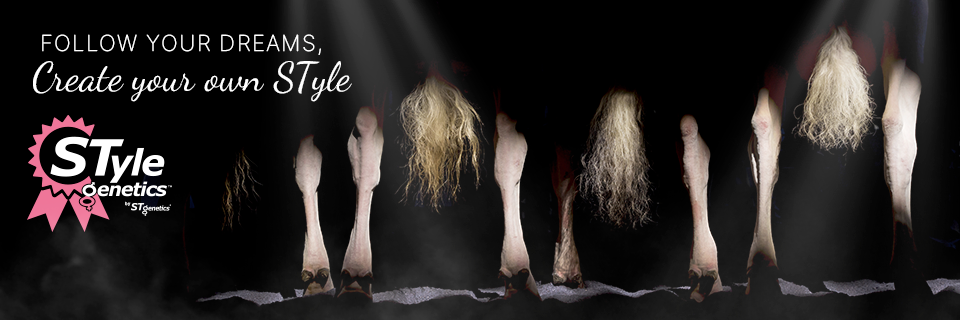

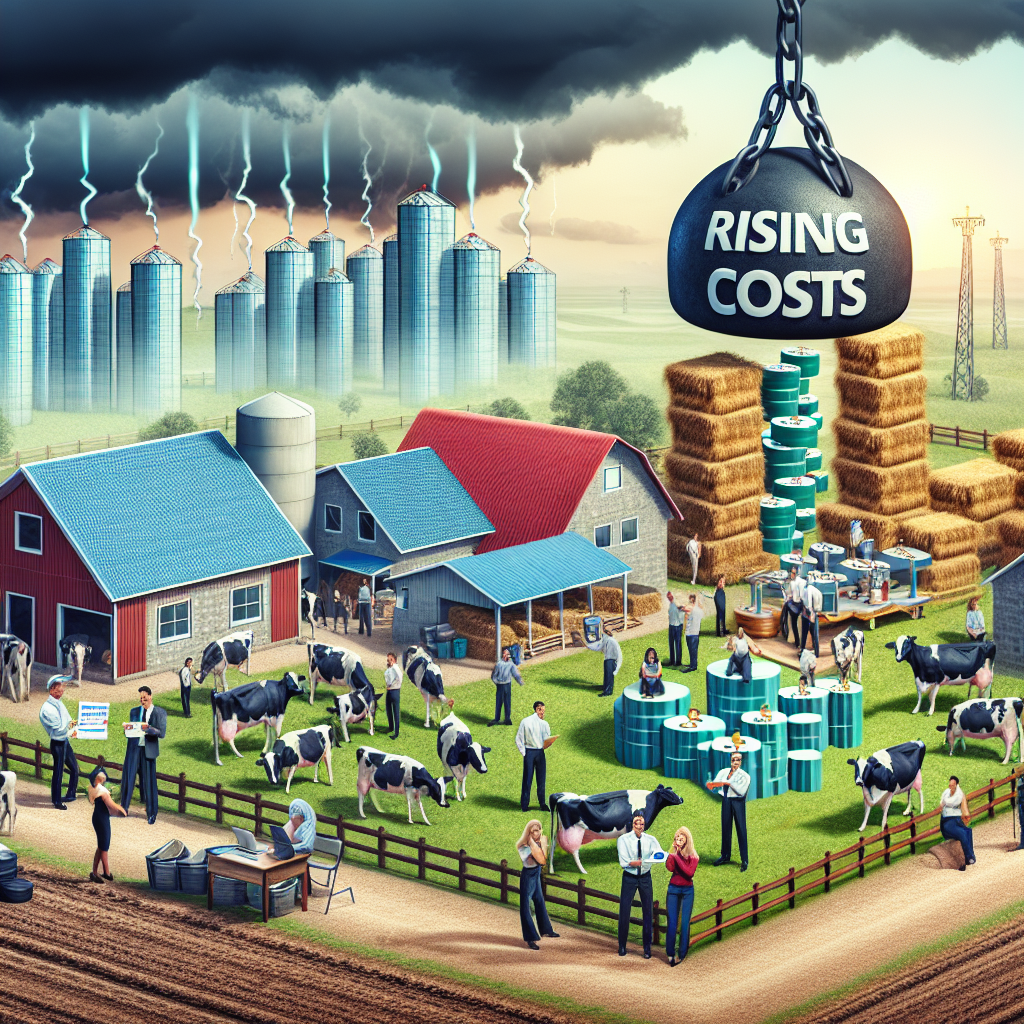
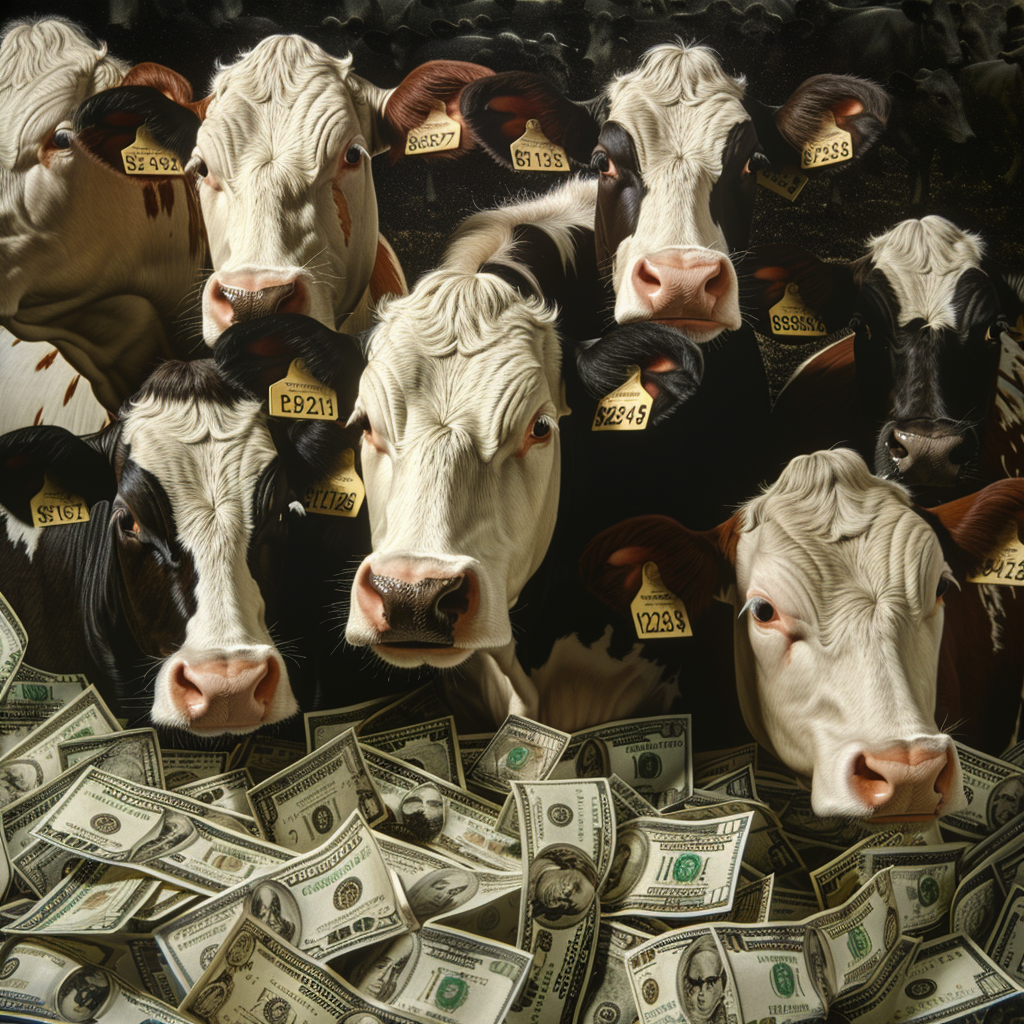




 Navigate the volatile dairy market with our essential guide to farmer’s line of credit. Learn the crucial do’s and don’ts to keep your cash flow healthy.
Navigate the volatile dairy market with our essential guide to farmer’s line of credit. Learn the crucial do’s and don’ts to keep your cash flow healthy.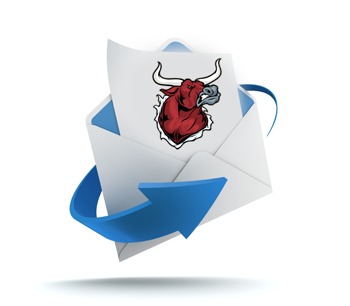
 Often, during financial stress, farmers are encouraged to cut more costs, but is a there a better way to achieve relief in a tight market?
Often, during financial stress, farmers are encouraged to cut more costs, but is a there a better way to achieve relief in a tight market?

![jp-FARMERS-superJumbo[1]](https://www.thebullvine.com/wp-content/uploads/2015/08/jp-FARMERS-superJumbo1-300x200.jpg) After hours harvesting forage, managing livestock and milking cows, new Cornell University agricultural economic research shows family members who work on the family dairy farm make $22,000 less annually than comparable hired managers, but are handsomely compensated with “socioemotional” wealth.
After hours harvesting forage, managing livestock and milking cows, new Cornell University agricultural economic research shows family members who work on the family dairy farm make $22,000 less annually than comparable hired managers, but are handsomely compensated with “socioemotional” wealth. In recent years, farmers and ranchers have enjoyed profitable times, but many experts, including the USDA, are predicting stress ahead in the ag economy. The American Bankers Association is helping producers prepare by providing
In recent years, farmers and ranchers have enjoyed profitable times, but many experts, including the USDA, are predicting stress ahead in the ag economy. The American Bankers Association is helping producers prepare by providing  Members who forward contract with Dairy Farmers of America (DFA) Risk Management and sign up for USDA’s Margin Protection Program for Dairy (MPP-Dairy) may be eligible for reimbursement of their base $100 MPP fee.
Members who forward contract with Dairy Farmers of America (DFA) Risk Management and sign up for USDA’s Margin Protection Program for Dairy (MPP-Dairy) may be eligible for reimbursement of their base $100 MPP fee. The Penn State Extension Dairy Team is nearing completion of its second offering for 2015 of the Using QuickBooks to Manage Your Farm Business online course. During these sessions, there were several underutilized features and common oversights among participants, regardless of business type, size, or location. The following are four of the more common issues and how to address them to help simplify your financial records process.
The Penn State Extension Dairy Team is nearing completion of its second offering for 2015 of the Using QuickBooks to Manage Your Farm Business online course. During these sessions, there were several underutilized features and common oversights among participants, regardless of business type, size, or location. The following are four of the more common issues and how to address them to help simplify your financial records process.
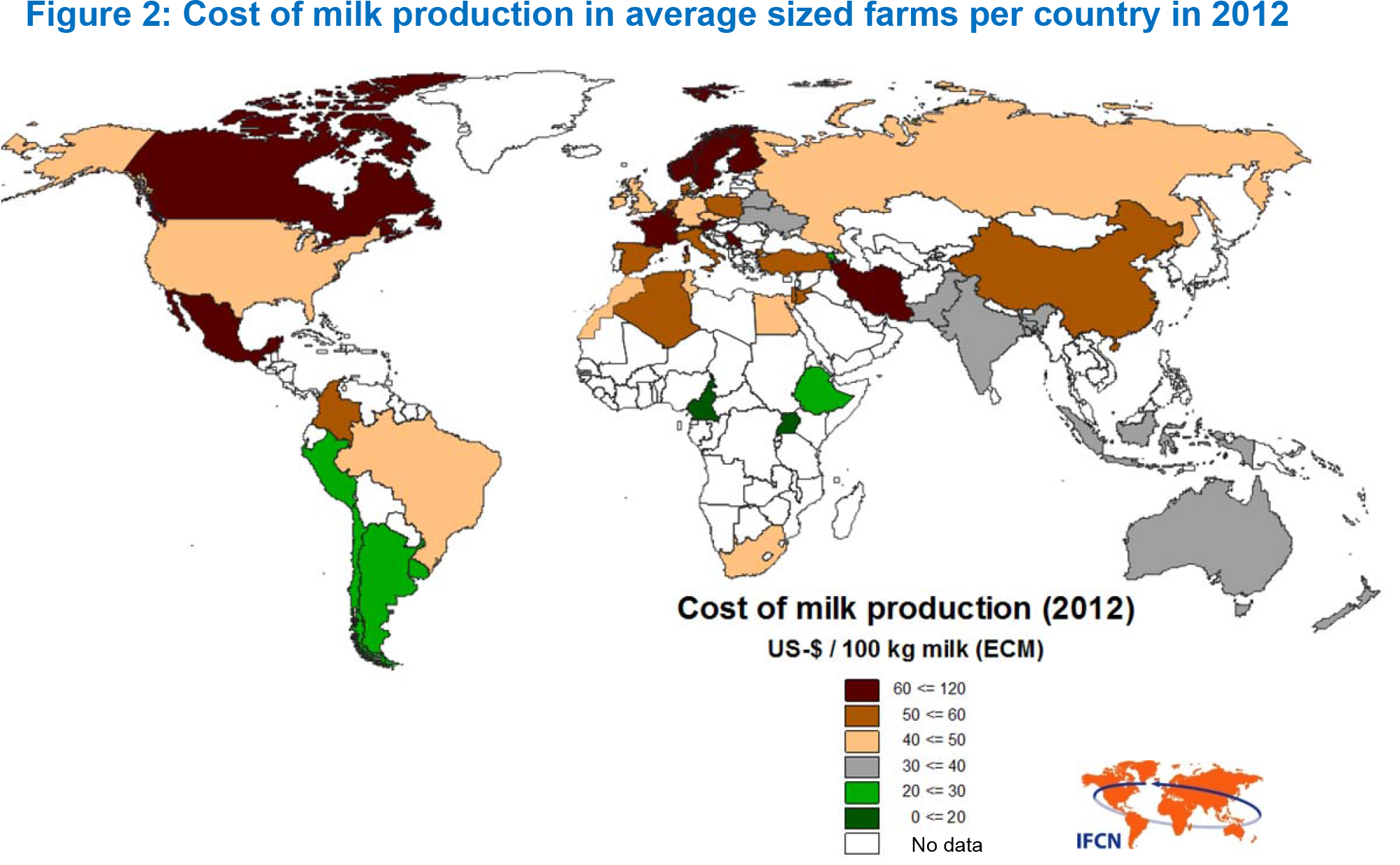

 If you have been attempting to secure credit for your farming operation in recent months – you likely have found bankers to be very cautious. You likely have heard the bankers indicate how carefully the government bank examiners are scrutinizing there loans and portfolios. Where were those bean counters when Freddie Mac and Fannie Mae gave out money more freely than an inebriated sailor?
If you have been attempting to secure credit for your farming operation in recent months – you likely have found bankers to be very cautious. You likely have heard the bankers indicate how carefully the government bank examiners are scrutinizing there loans and portfolios. Where were those bean counters when Freddie Mac and Fannie Mae gave out money more freely than an inebriated sailor? Unbelievable, historically low interest rates have now been with us for four years. Many dairy producers have continued to ride the variable rate because those rates are rock-bottom low. Variable rates generally change monthly, but no one has noticed because, in the last four years, rates have gone no place.
Unbelievable, historically low interest rates have now been with us for four years. Many dairy producers have continued to ride the variable rate because those rates are rock-bottom low. Variable rates generally change monthly, but no one has noticed because, in the last four years, rates have gone no place.

